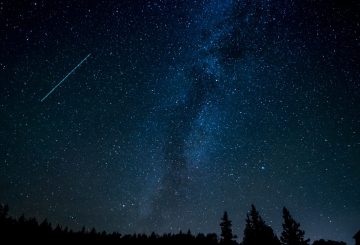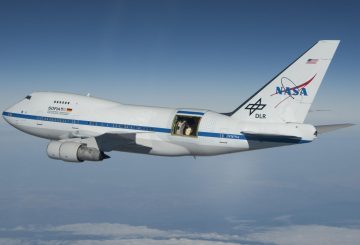Cựu Bộ trưởng Bảo tồn Poto Williams và giám đốc DoC Western South Island Mark Davies đã thảo luận về việc mua đất quan trọng gần Vườn quốc gia Paparoa. Bộ Bảo tồn (DOC) và các chủ đất tư nhân ở Bờ Tây vẫn đang xem xét hoán đổi đất. Mặc dù gần đây có rất ít, DOC dự kiến sẽ thông báo mua đất mới vào đầu năm tới.
Một trong những giao dịch mua này là một giao dịch quan trọng vào năm 2022 tại Punakaiki, ở lối vào Công viên Quốc gia Paparoa. Quỹ Di sản Thiên nhiên đã mua 55ha đất từ gia đình Moat cho bộ phận. Davies giải thích rằng Đạo luật Bảo tồn cho phép hoán đổi đất giữa bộ và các chủ đất tư nhân, nhưng điều này đã chậm lại trong những năm gần đây.
Trong quá khứ, DOC đã hoán đổi đất có giá trị bảo tồn thấp hơn lấy đất có lợi ích bảo tồn cao hơn. Tuy nhiên, phán quyết của Tòa án Tối cao năm 2017 đã khiến việc hoán đổi đất trở nên khó khăn hơn. Phán quyết tuyên bố rằng đất bảo tồn không thể được sử dụng cho một đề xuất hoán đổi đất cho đập Ruataniwha ở vịnh Hawke.
Kể từ phán quyết này, DOC đã không thể thực hiện bất kỳ giao dịch đất nào ở Bờ Tây. Thay vào đó, họ đã thực hiện một số giao dịch mua, đáng kể nhất là 55ha tại Punakaiki. Davies nói rằng nhiều giao dịch mua sẽ được công bố vào đầu năm mới.
Phó chủ tịch hội đồng quản trị Katie Milne đã hỏi liệu quá trình xem xét đất đai quản lý bảo tồn có ảnh hưởng đến việc xử lý đất hiện đang do bộ quản lý hay không. Davies cho biết điều này sẽ phụ thuộc vào kết quả của quá trình xem xét chính thức.




























































